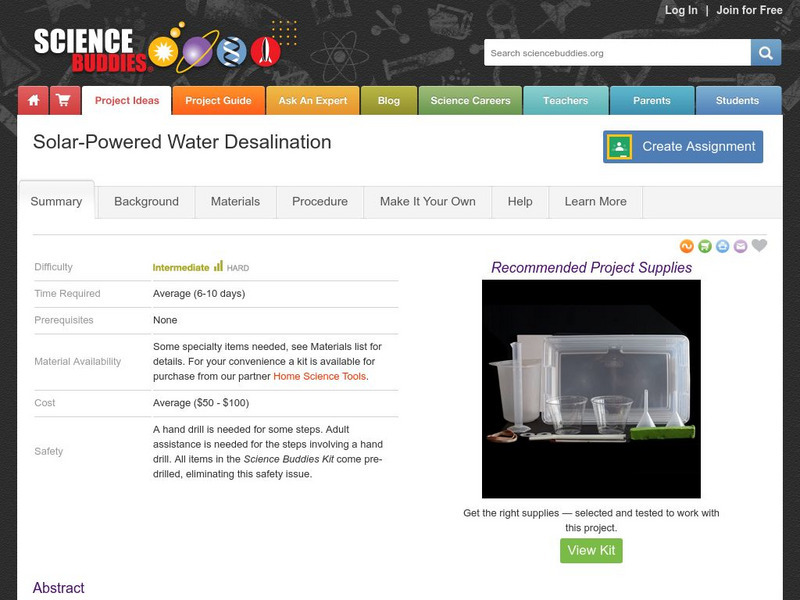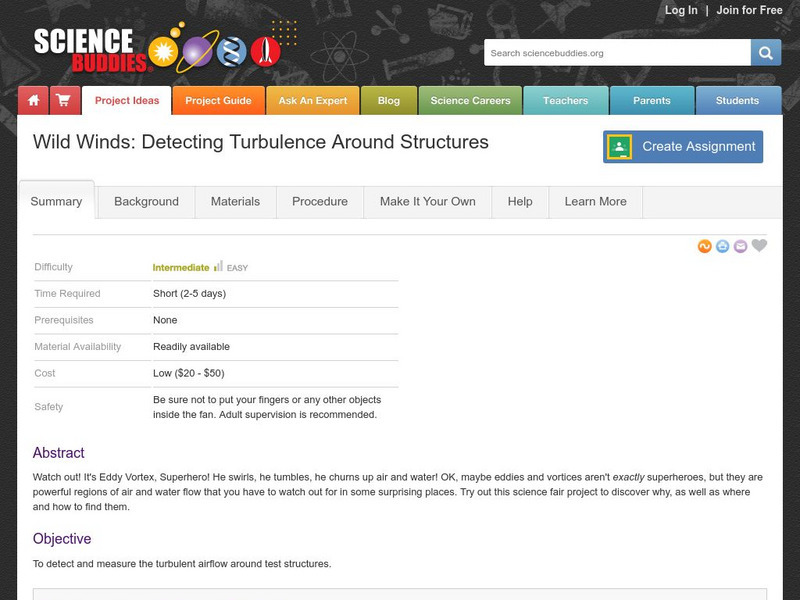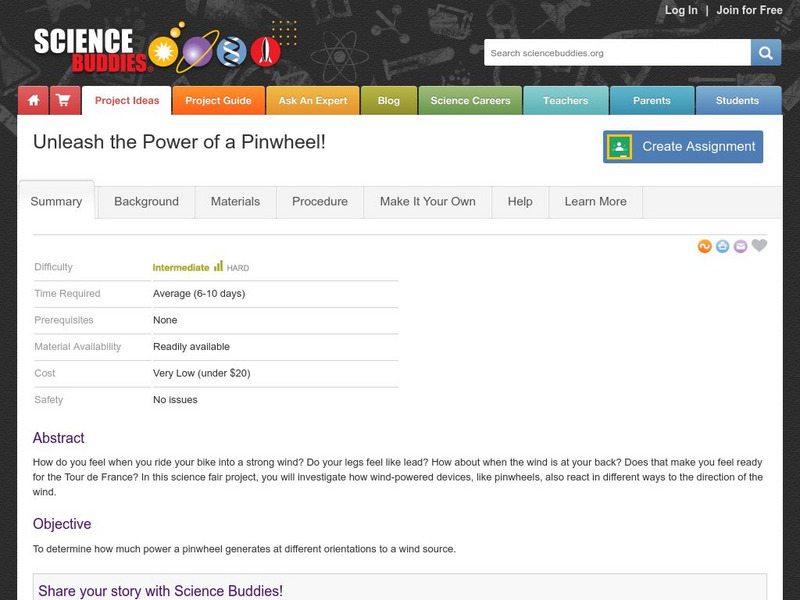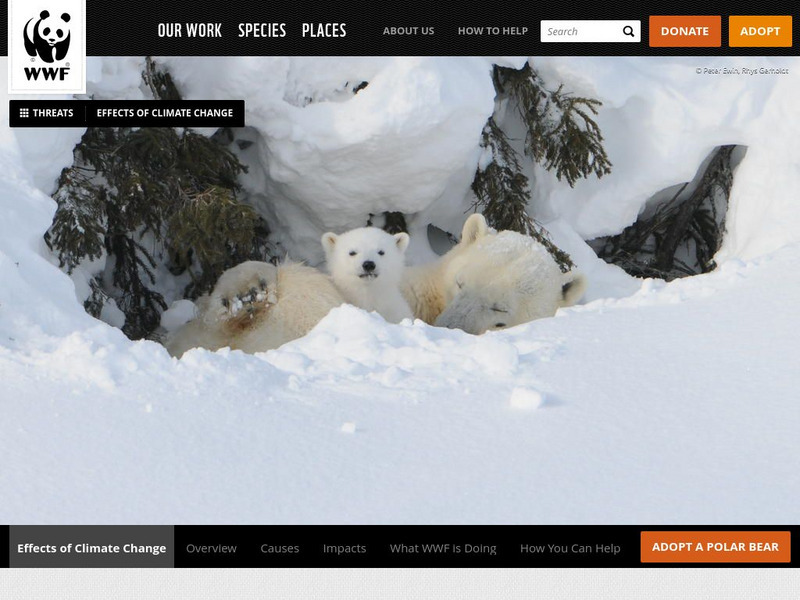Science Buddies
Science Buddies: Are There Dangerous Levels of Lead in Local Soil?
The element lead is a neurotoxin that is particularly dangerous to young children. Among other uses, lead compounds were common paint additives until being phased out for safer titanium-based additives beginning in the 1960's. Lead...
Science Buddies
Science Buddies: Mapping Troposhperic Ozone Levels Over Time
Ozone in the stratosphere protects the earth by absorbing harmful ultraviolet radiation from the sun. However, when ozone occurs in the troposphere, it is harmful to health. In this project you can use data from EPA monitoring stations...
Science Buddies
Science Buddies: The Effect of Artificial Light on Migration Pattern of Daphnia
This elegant project employs a scientific approach that is particularly valuable in Environmental Science, but can be applied to other areas as well. The approach has three steps: 1) from your observations in the field, form a...
Science Buddies
Science Buddies: Froggy Forecasting: How Frog Health Predicts Pond Health
Have you ever heard the expression "a canary in a coal mine"? In the 1900s and earlier, coal miners brought canaries with them into the mines to act as early warning signals. The canaries were very sensitive to low levels of dangerous...
Science Buddies
Science Buddies: Heavy Metals and Aquatic Environments
You might know that lead can be toxic, and that you can get lead poisoning from eating or inhaling old paint dust. Lead is called a heavy metal, and there are other sources of heavy metals that can be toxic, too. Silver, copper, mercury,...
Science Buddies
Science Buddies: Solar Powered Water Desalination
Here is a cool project about making fresh water from salt water using solar power, also known as water desalination. The apparatus is made from readily available materials, and the power source is free. As an inventive thinker, you will...
Science Buddies
Science Buddies: Career Profile: Environmental Engineer
There are so many kinds of engineers. The environmental engineer has the opportunity to have an impact on the quality of life of thousands, if not millions, of people because of the solutions to environmental problems they develop. This...
Science Buddies
Science Buddies: Too Much of a Good Thing? Effects of Fertilizer on Algal Growth
Algae is a good thing, but too much is a bad thing. In this environmental science fair project, grow algae in several concentrations of fertilizer and observe its effect on algal growth.
Science Buddies
Science Buddies:from Your John to the School Lawn:is Recycled Water Really Safe?
Find out whether reclaimed water is really safe by following the guidelines of the Science Buddies project.
Science Buddies
Science Buddies: Wild Winds: Detecting Turbulence Around Structures
Watch out. It's Eddy Vortex, Superhero. He swirls, he tumbles, he churns up air and water. OK, maybe eddies and vortices aren't exactly superheroes, but they are powerful regions of air and water flow that you have to watch out for in...
Science Buddies
Science Buddies: Unleash the Power of a Pinwheel!
In this science fair project, you will learn more about wind-powered devices, like pinwheels. Much like pinwheels, we react in different ways to the direction of the wind when we ride bikes, or even try to walk.
Environmental Education for Kids
Eek!: Community Action & Citizen Science
Learn about community leaders who have made a difference in the environment and find ways that you can get involved in community action projects too!
Other
World Wildlife Fund: Climate Change
The World Wildlife Fund offers a comprehensive overview of climate change, also known as "Global warming." Content includes basic information about the process and its effect on the environment, the science to back it up, conservation...












